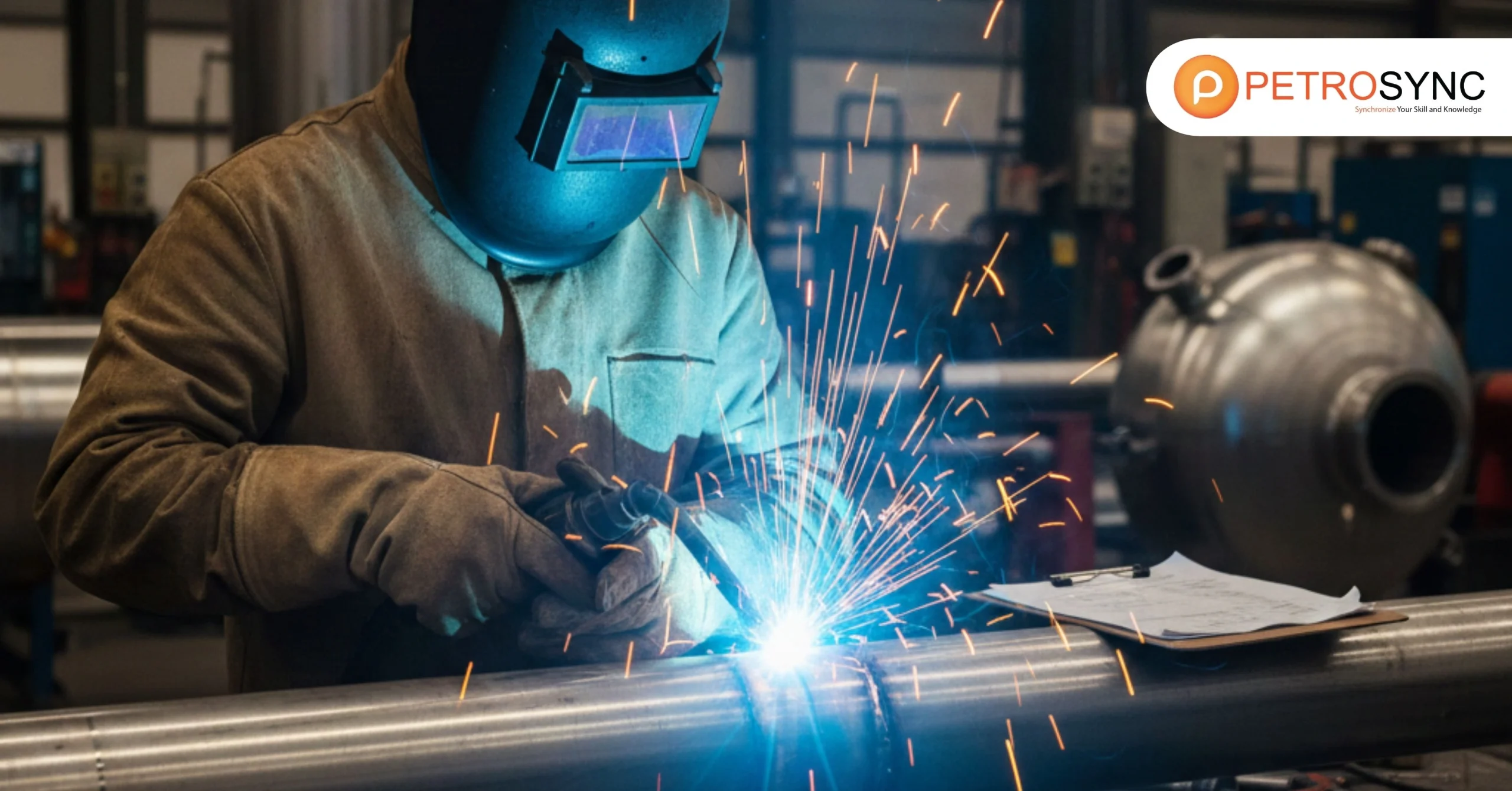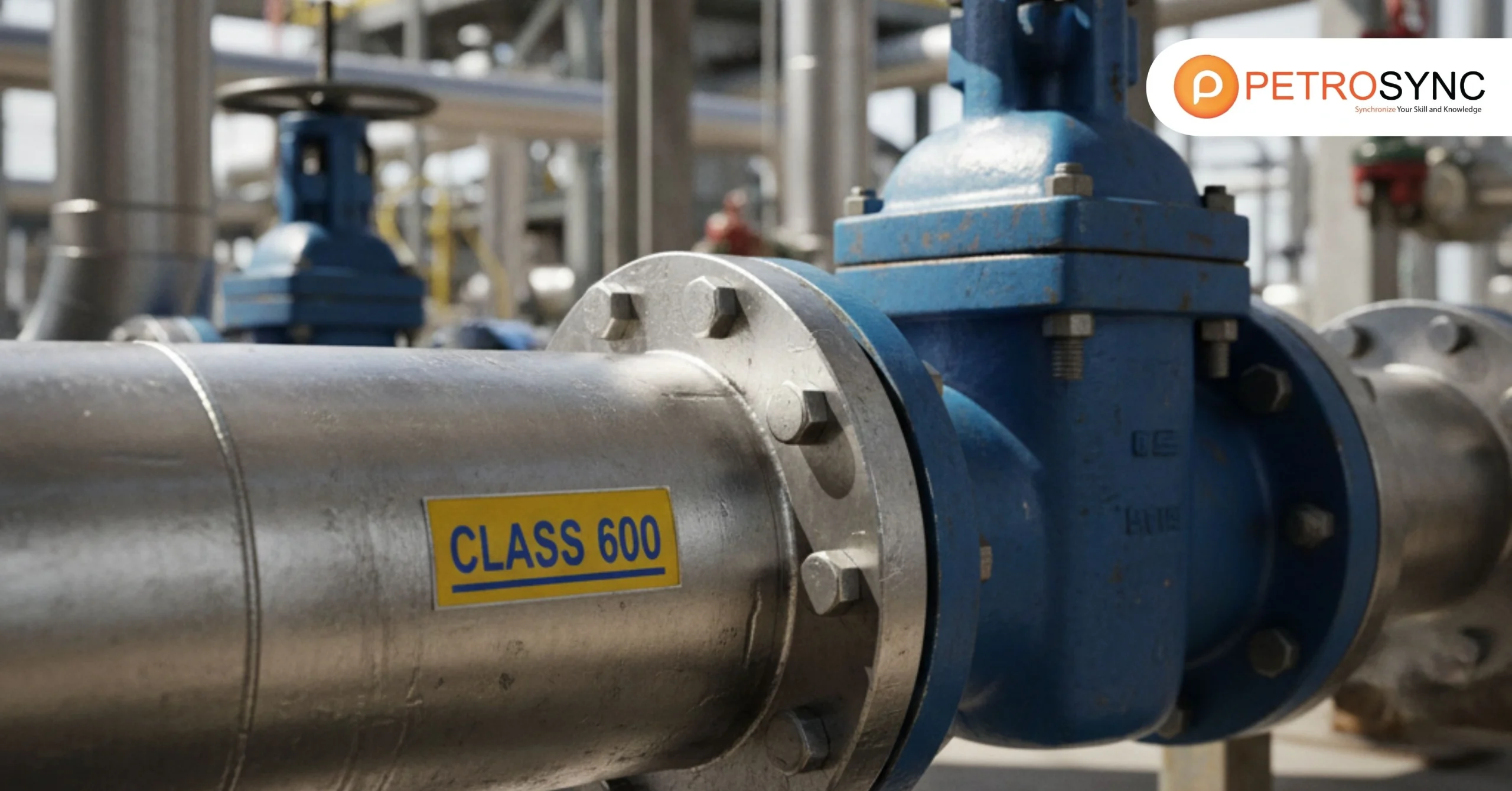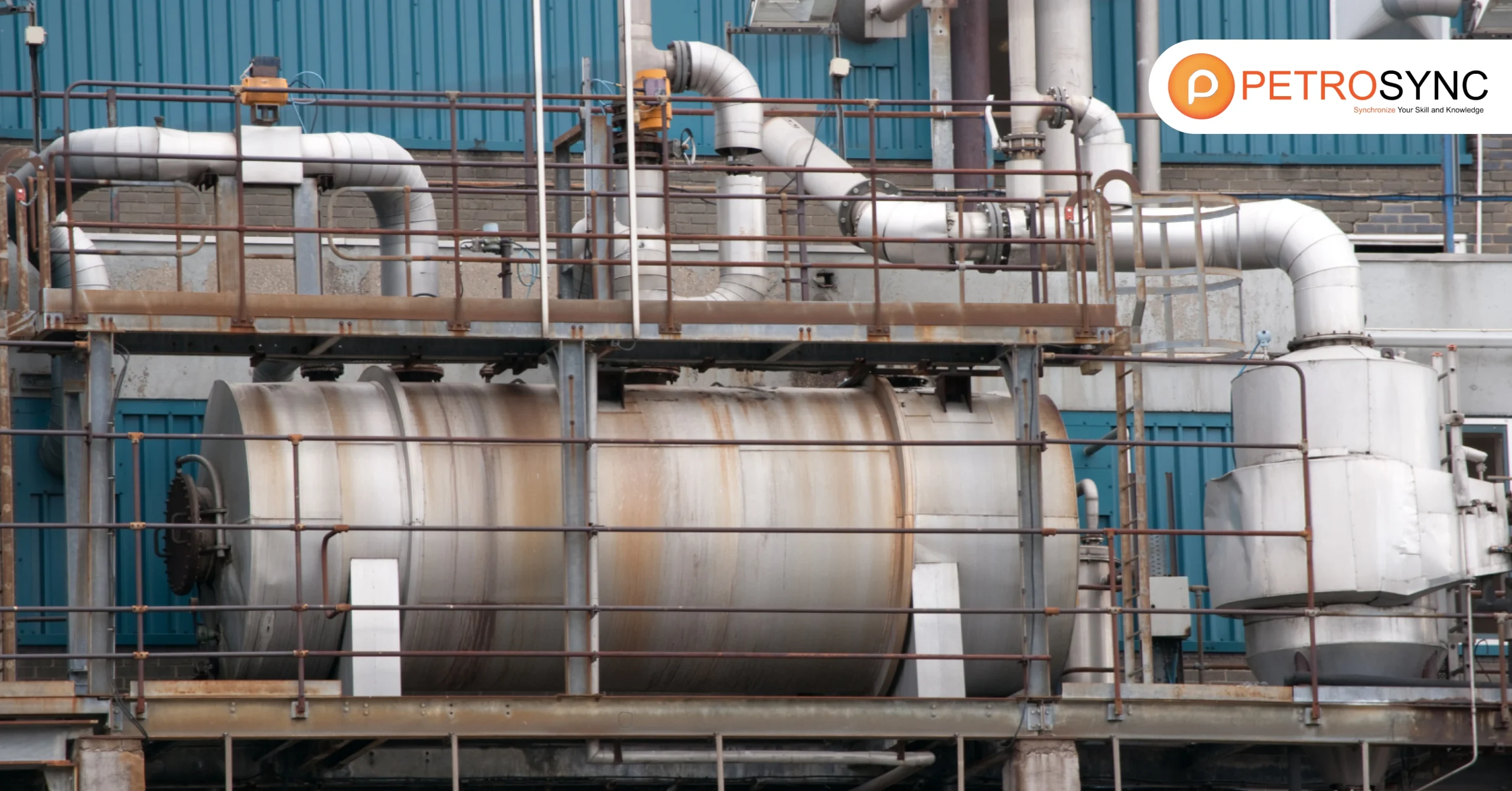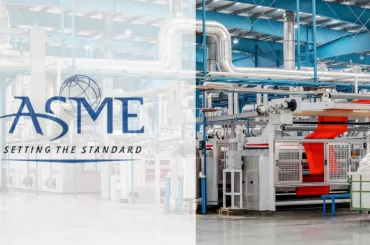ASME Section VIII is a globally recognized standard for pressure vessel design, ensuring safety and reliability across energy, oil and gas, and other industries. Pressure vessels play a critical role in storing and transporting gases or liquids under pressure, making compliance with ASME essential for safe operations.
In this article, we will explore the fundamentals of ASME Section VIII, the key differences between Division 1 and Division 2, and the benefits of following this standard.
What is ASME Section VIII?
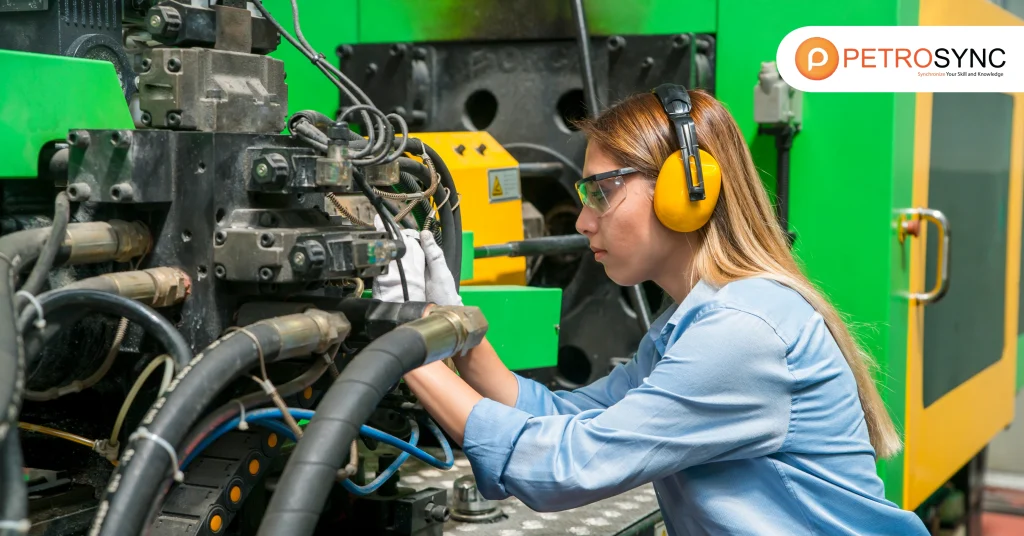
ASME Section VIII is a widely recognized industry standard providing guidelines for pressure vessel constructions, including tanks, boilers, and heat exchangers. Regulated by ASME, this code provides guidelines for safe operation at different pressure and temperature conditions.
Section VIII code also modulates design and fabrication standards, testing procedures, and inspection methods to ensure that pressure vessels are reliable for various industries such as chemical, oil and gas, and pharmaceutical. Compliance with Section VIII is often mandatory for companies operating in the mentioned sectors as it prevents safety risks and legal liabilities.
Related to Section VIII, there is API 579 that provides guidelines for fitness-for-service assessments for equipment and piping. It is related to Section VIII as it provides a methodology for assessing the integrity of pressure vessels and other equipment.
What Is Code ASME Section VIII?
Sometimes known as the “Pressure Vessel Code,” is part of the American Society of Mechanical Engineers’ (ASME) Boiler and Pressure Vessel Code (BPVC). This section explains the regulations for designing, fabricating, testing, and certifying pressure vessels to ensure that they fulfill safety standards.
Engineers, manufacturers, and safety experts worked together to develop the code, which addresses all aspects of pressure vessel design. It defines design criteria, permissible stress limits, and testing processes to ensure the vessel’s integrity under a variety of operating conditions.
The code is regularly revised to reflect advances in technology, materials, and safety standards, ensuring that it remains current and helpful for modern industrial applications.
How Many Divisions Are In ASME Section VIII?
ASME Section VIII is organized into three major sections, each customized to a different type of pressure vessel based on design criteria, material attributes, and industry applications. The divisions are:
ASME Section VIII Division 1?
This category includes vessels that operate at low pressures and temperatures. It is the most popular division because of its thorough yet flexible design standards, which allow for a variety of materials and construction methods.
ASME Section VIII Division 2?
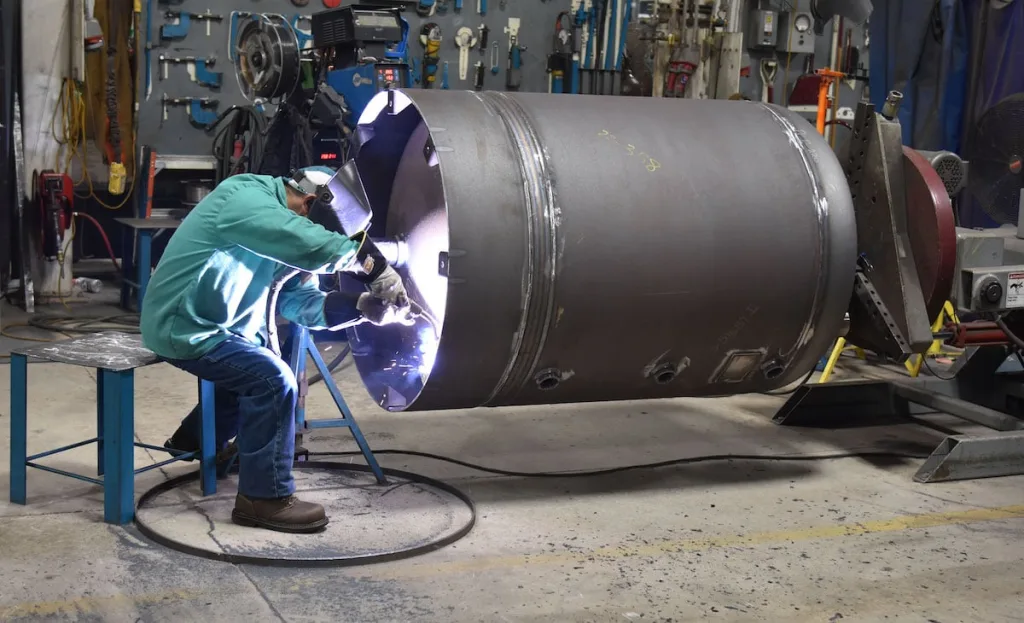
Known as the alternative rules division, it addresses vessels operating under higher stress levels. It provides more strict criteria for material selection, testing, and design requirements than Division 1. This division is commonly employed for vessels in which weight and material costs are crucial, such as in offshore applications.
What Is ASME Section VIII Division 3?
This division includes vessels that operate under extremely high pressures, such as those used in the oil and gas or petrochemical industries. It establishes recommendations for designing pressure vessels that operate at pressures above those generally covered in Divisions 1 and 2, often exceeding 10,000 psi.
Each of these departments guarantees that pressure vessels are designed to satisfy the specific needs of their individual applications, which range from standard storage tanks to highly specialized, high-pressure equipment.
What Are The Differences Between ASME Section VIII Div 1 and 2?
| Parameter | ASME Section VIII Div 1 | ASME Section VIII Div 2 |
| Scope and Applicability | Section 1 applies to the design and construction of pressure vessels with a maximum allowable working pressure (MAWP) above 15 psi | ASME VIII Section 2 applies to pressure vessels with a MAWP of 15,000 psi or less. |
| Design and Testing Requirements | Section 1 has less rigorous design requirements compared to Section 2, as it relies more on established design practices and standard formulae. | Section 2 has more detailed design requirements and stress analysis methods, including the use of finite element analysis (FEA) for more complex designs. Section 2 also has more stringent testing requirements, including additional non-destructive examination (NDE) methods. |
| Material Requirements | Section 1 allows for a broader range of materials than Section 2. Section 1 permits the use of materials such as cast iron and ductile iron | Section 2 allows for the use of thinner materials, which can result in cost savings. |
| Quality Control and Assurance | Section 1 has less stringent requirements for quality control and assurance. | Section 2 requires more frequent and extensive inspections during fabrication and testing, as well as more comprehensive documentation of the fabrication process. |
| Cost | The cost may be higher due to the usage of thicker materials and fabrications | The cost may be higher due to more detailed design requirements and more rigorous testing requirements |
What Are The Advantages of ASME Section VIII?
ASME Division VIII benefits users, designers, and manufacturers the most. It provides detailed requirements for pressure vessel design, fabrication, erection, testing, assembly, inspection, and certification that bring several advantages, such as:
1. Safety Prioritization
Engineers and manufacturers widely accept this code as the standard for pressure vessel design and fabrication. Using Section VIII ensures the vessel meets regulatory requirements. This includes the capability to withstand the intended operating conditions.
2. Quality Assurance
Quality assurance that modulates materials, fabrication process, and quality control measures. validates how a vessel is of a high quality that meets design criteria.
3. Cost Effective
Following Section VIII can prevent any expensive testing and design modifications. It also reduces the risk of accidents or equipment.
To sum up, the usage of Section VIII leads to standardized pressure vessels with a reliable approach to designing, building, and testing. Not just safe, compliant, and of high quality, the pressure vessels can be flexible in design to meet specific needs.
Join PetroSync Training: Master ASME Section VIII Standards
Enrolling in ASME Section VIII Division 1 & 2 Pressure Vessel training course can help individuals understand and comply with the standard, reducing the risk of accidents and failures. PetroSync provides ASME Section VIII training covering both the stated and implied requirements of the codes, as well as the mechanics of implementing the code rules and design formulas for various design conditions and services.
We craft our 5 days training to equip participants with the comprehensive knowledge and practical skills required for designing, fabricating, testing new vessels, and evaluating the durability of the existing ones. The ASME VIII Division 1 & 2 training will also employ numerous case studies to illustrate how to implement code regulations. Enroll now and advance your knowledge of pressure vessels with PetroSync!

Results-oriented and thorough SEO specialist with extensive experience in conducting keyword research, developing and implementing digital website promotion strategies and plans, managing campaigns to develop company websites in the digital world, excellent knowledge of marketing techniques and principles, and attentive strong attention to detail.



